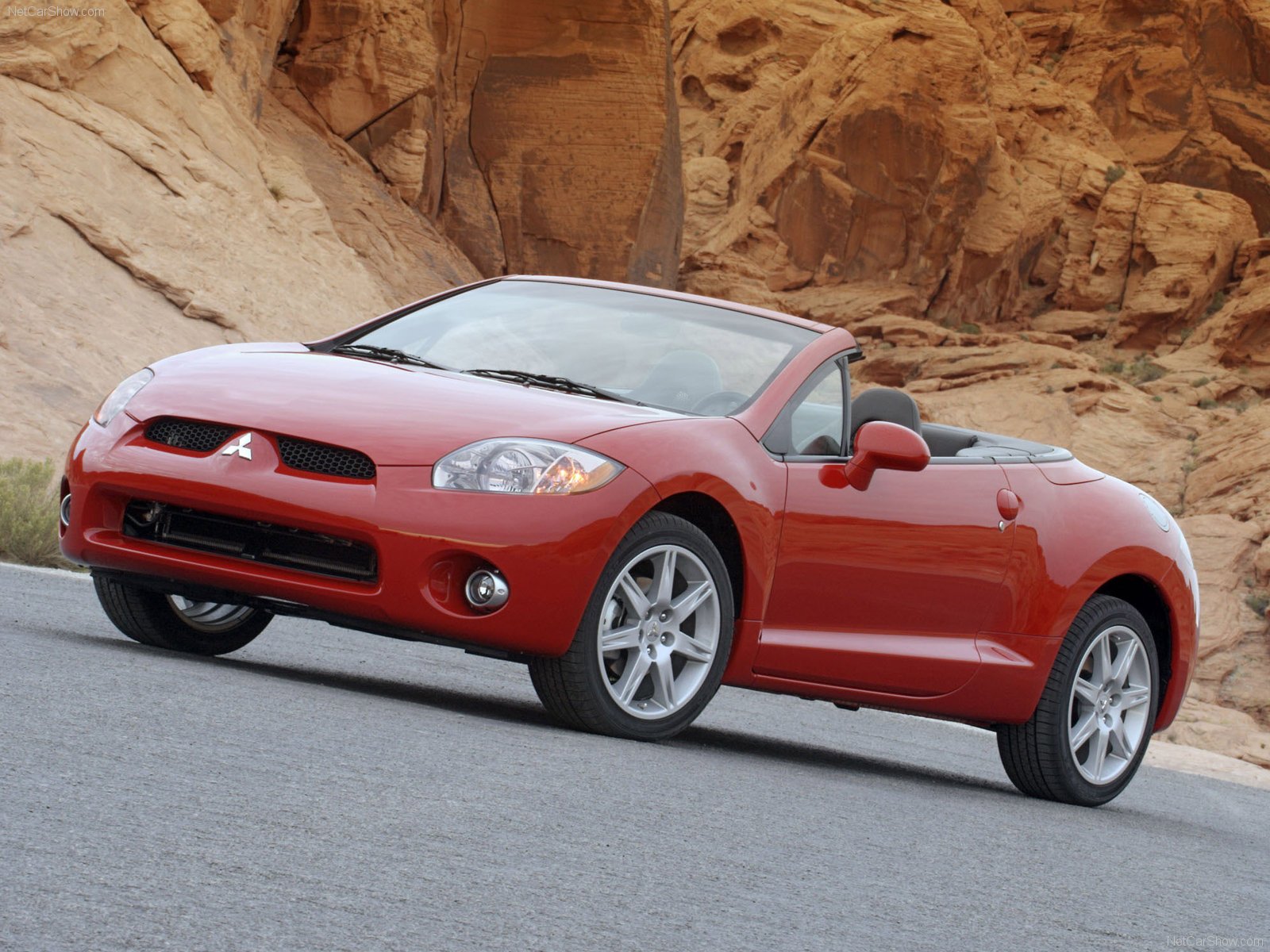
The options list contained A/C, a rear spoiler, cruise control, a CD changer, fog lights, keyless entry, ABS, a single disc CD player, a four-speed automatic transmission, leather upholstery, and an upgraded Infinity audio system. The Spyder also featured power steering, a remote trunk release, a tilt steering wheel, intermittent windshield wipers, power windows, power door locks, power mirrors and an AM/FM/Cassette-based audio system.

#Eclipse spyder manual#
The Spyder GS came equipped with cloth upholstered bucket seats, power brakes, a rear window defroster, tinted windows, fourteen-inch wheels, and a five-speed manual transmission all as standard equipment. In total, there have been three generations of the Mitsubishi Eclipse Spyder offered as of this writing (April 2012).Īs stated before, the ’96 Eclipse Spyder GS used a 141-horsepower, 2.4-liter inline four-cylinder engine, which produced 148 ft-lbs of torque. On average, the Eclipse Spyder was a mere 50 pounds heavier than its closed-roof sibling. It also avoided the totality of the usual weight gain necessitated by the additional bracing added to coupe conversions in an effort to reinforce the body structure after the top is removed. By doing so, Mitsubishi’s engineers avoided introducing the diminished structural rigidity generally imposed upon convertibles when they are adapted from a coupe body. In fact, the Eclipse Spyder was designed specifically to be an open car. In this case however, the word definitely means convertible. Chevrolet, for example built a hardtop coupe model called the Monza Spyder back in the 1960’s. While Spyder is commonly applied to cars with folding roofs, it doesn’t by necessity refer to one.

The word, when spelled with a Y, is actually pronounced SPEED-aire, which is a derivation of the word “speedster”. The variation of the spelling (the usage of “Y” rather than “I”), originated with the Italians. This occurred because the spindly spines of their folding mechanisms-in conjunction with the black cloth used for the top-resembled a spider. The term “Spider” as applied to automobiles, originated with the folding tops affixed to early horse drawn carriages. Its convertible version, the Mitsubishi Eclipse Spyder-the subject of this article-was introduced in 1996, as part of the second generation of the Eclipse, which was launched in 1995. Named for an eighteenth century English racehorse, which in turn, was named for the celestial event, the Mitsubishi Eclipse was introduced in 1989.


 0 kommentar(er)
0 kommentar(er)
